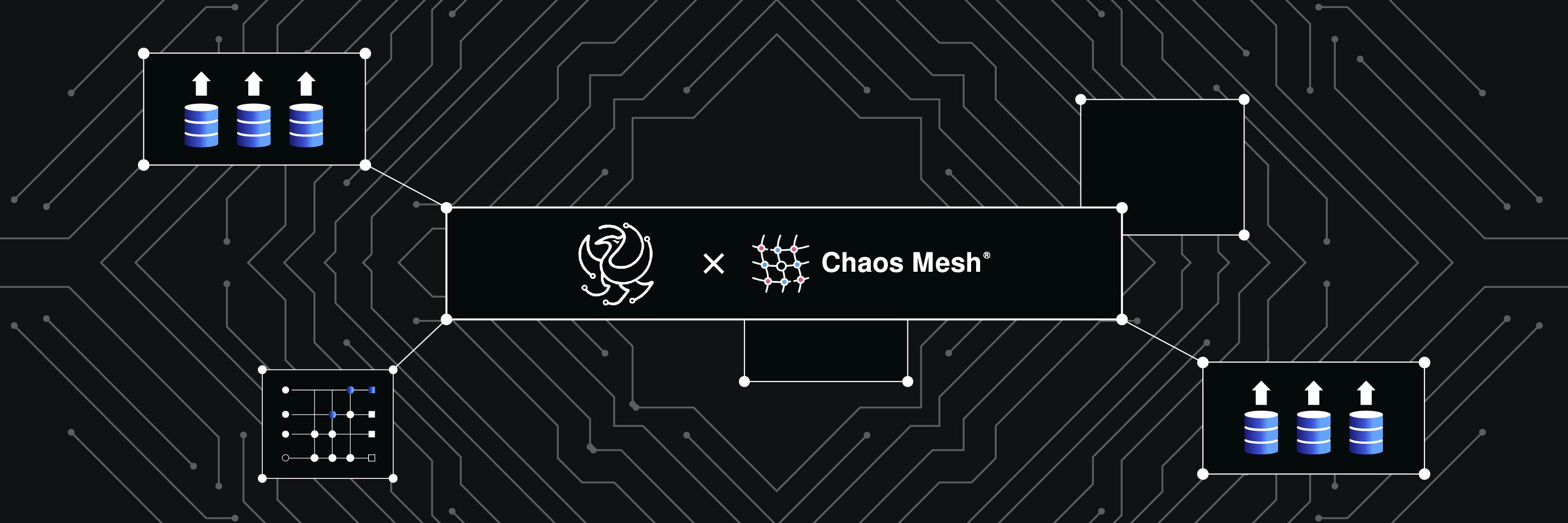

ambassador to the UN Human Rights Council, remarked: “I think it’s fair to say we may never have had a president so disinclined to push people toward polarization, and you certainly demonstrated that in your speech today.”
#Obama uses chaos control how to
“I’m looking forward to all these younger people solving this problem now that I’ve thrown it out,” he said, gesturing to some of the students attending the panel, which was on how to defend open democratic systems in a global digitized world.ĭonahoe, who served under Obama as the U.S. “I learned something just from the brief time I was here,” Obama said to the audience at the Bechtel Conference Center. Obama made a surprise appearance at the symposium’s afternoon panel moderated by Eileen Donahoe, executive director of Stanford’s Global Digital Policy Incubator. Digital and social media companies have upended traditional media – from local newspapers to broadcast television, as well as the role these outlets played in society at large. In his keynote, Obama reflected on how technology has transformed the way people create and consume media. “So if we do find a way to better contain the controversy and the fake news, it can definitely help our democracy stay powerful for our nation.” The promise and perils technology poses to democracy And I do understand that when you have controversy attached to what you’re saying, it can reach larger crowds,” Jackson said. “I use social media a lot, every day, and I’m always seeing all the fake news that can be spread easily. Stanford freshman Evan Jackson said afterward that Obama’s speech resonated with him. She said the experience taught her an important lesson, which was that “the overall health of our democracy, whether we have a voting process that is fair and trustworthy, is more important than any one election outcome.” ambassador to Russia under Obama, and Stanford alum and Obama Foundation fellow, Tiana Epps-Johnson, BA ’08.Įpps-Johnson, who is the founder and executive director of the Center for Tech and Civic Life, recalled her time answering calls to an election protection hotline during the 2006 midterm election.

Introducing the former president was Michael McFaul, director at the Freeman Spogli Institute for International Studies and U.S. “If we do nothing, I’m convinced the trends that we’re seeing will get worse,” he said. Obama told a packed audience of more than 600 people in CEMEX auditorium – as well as more than 250,000 viewers tuning in online – that everyone is part of the solution to make democracy stronger in the digital age and that all of us – from technology companies and their employees to students and ordinary citizens – must work together to adapt old institutions and values to a new era of information. Stanford scholars from across the social sciences are studying the threats disinformation poses to democracy. Social Sciences What to know about disinformation and how to address it The event brought together people working in technology, policy, and academia for panel discussions on topics ranging from the role of government in establishing online trust, the relationship between democracy and tech companies, and the threat of digital authoritarians. Obama, who served as the 44th president of the United States from 2009 to 2017, was the keynote speaker at a one-day symposium, titled “Challenges to Democracy in the Digital Information Realm,” co-hosted by the Stanford Cyber Policy Center and the Obama Foundation on the Stanford campus on April 21. “This is an opportunity, it’s a chance that we should welcome for governments to take on a big important problem and prove that democracy and innovation can coexist,” Obama said. Over the course of an hour-long address, Obama outlined the threat that disinformation online, including deepfake technology powered by AI, poses to democracy as well as ways he thought the problems might be addressed in the United States and abroad. President Barack Obama delivered a keynote address about how information is created and consumed, and the threat that disinformation poses to democracy.


 0 kommentar(er)
0 kommentar(er)
